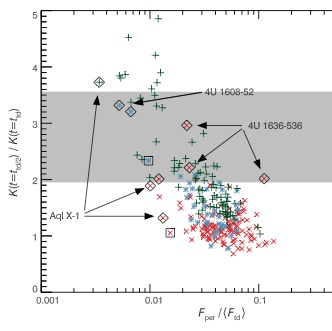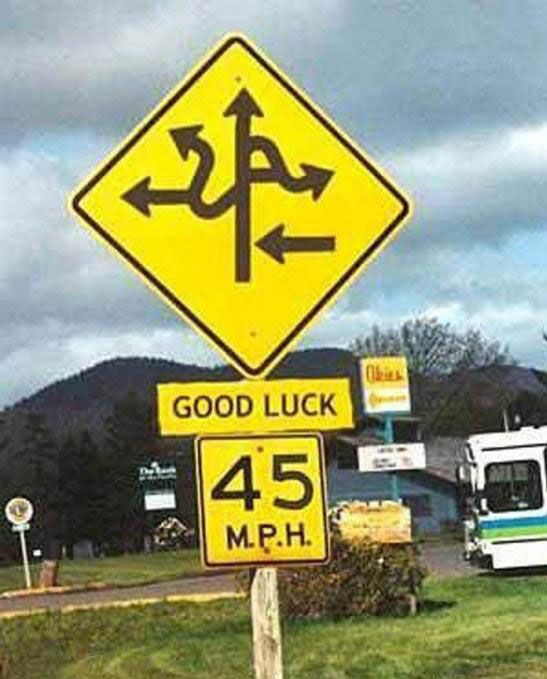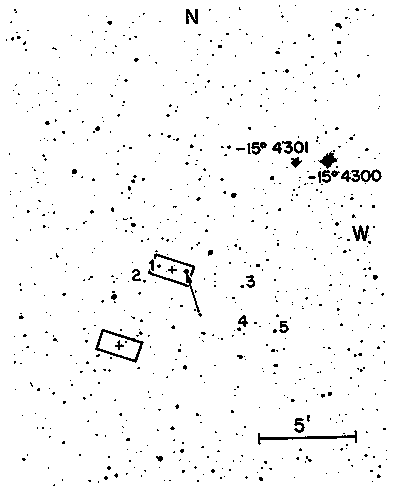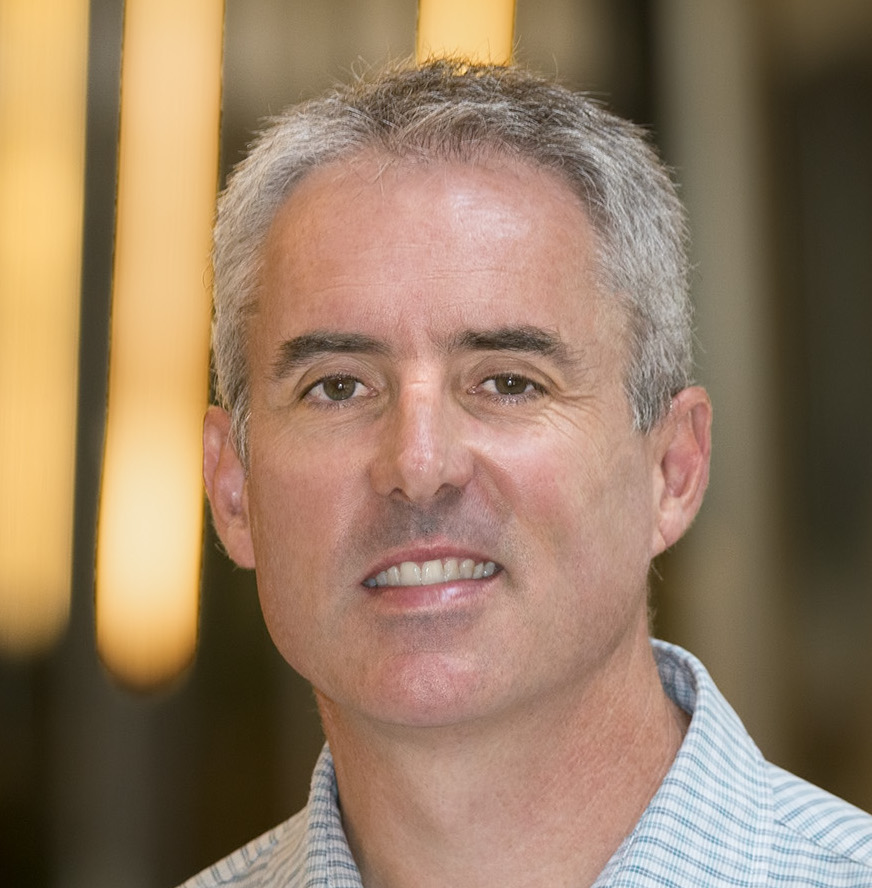 The
Astronomical Society of
Australia held its
Annual Scientific Meeting at
Macquarie University in Sydney, NSW this month.
A notable inclusion to the program was the presentation, on Tuesday,
of the draft reports to the
National Committee for Astronomy for the
Decadal
Plan 2016—2025. Eleven
working groups
(including the group I chair, WG1.4: High energy and fundamental
astrophysics)
have been consulting broadly via community meetings since February, and
this week offered the first opportunity for broad community review of, and
feedback for, the draft reports.
The session went very well and there is (I believe) a sense that the level of
community interaction in this process has been extremely inclusive, so
that all stakeholders have been represented.
I also gave a talk on the Friday describing a new project aimed at closing
the loop between thermonuclear burst observations, modelling, and nuclear
experiments, which for the moment I've given the acronym NAGA*.
An unusual inclusion in the social program was the opening of an art
exhibition,
Fields
of Vision: Art and Astronomy which was a very civilized addition.
The dinner, at the lovely
Curzon hall, was terrific.
The
Astronomical Society of
Australia held its
Annual Scientific Meeting at
Macquarie University in Sydney, NSW this month.
A notable inclusion to the program was the presentation, on Tuesday,
of the draft reports to the
National Committee for Astronomy for the
Decadal
Plan 2016—2025. Eleven
working groups
(including the group I chair, WG1.4: High energy and fundamental
astrophysics)
have been consulting broadly via community meetings since February, and
this week offered the first opportunity for broad community review of, and
feedback for, the draft reports.
The session went very well and there is (I believe) a sense that the level of
community interaction in this process has been extremely inclusive, so
that all stakeholders have been represented.
I also gave a talk on the Friday describing a new project aimed at closing
the loop between thermonuclear burst observations, modelling, and nuclear
experiments, which for the moment I've given the acronym NAGA*.
An unusual inclusion in the social program was the opening of an art
exhibition,
Fields
of Vision: Art and Astronomy which was a very civilized addition.
The dinner, at the lovely
Curzon hall, was terrific.
* Need A Good Acronym
Labels: 2014, /meetings
 Fancy a vacation project with a difference? The
Monash Centre for Astrophysics is offering
a number of
vacation projects
for (southern) summer 2014—15. Whether you're interested in core
collapse supernovae, thermonuclear bursts, X-ray transients or star formation,
there's a project for you. Apply before October 13, 2014
Fancy a vacation project with a difference? The
Monash Centre for Astrophysics is offering
a number of
vacation projects
for (southern) summer 2014—15. Whether you're interested in core
collapse supernovae, thermonuclear bursts, X-ray transients or star formation,
there's a project for you. Apply before October 13, 2014


 The
The

 One of the interesting outcomes of our
One of the interesting outcomes of our
 Every ten years the Australian astronomy community collaborates to produce
a plan covering the next decade. The
Every ten years the Australian astronomy community collaborates to produce
a plan covering the next decade. The



